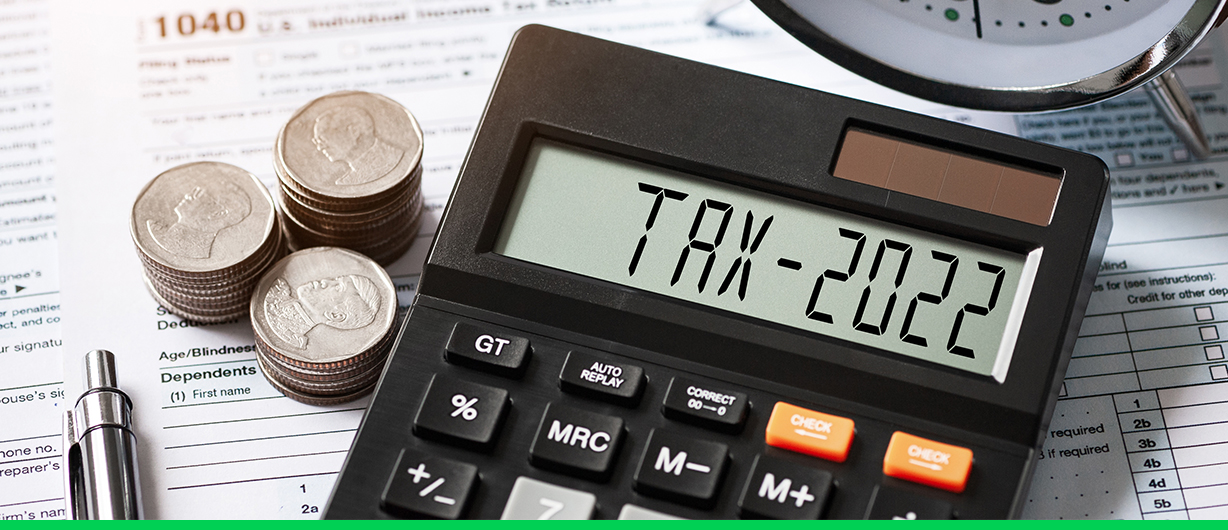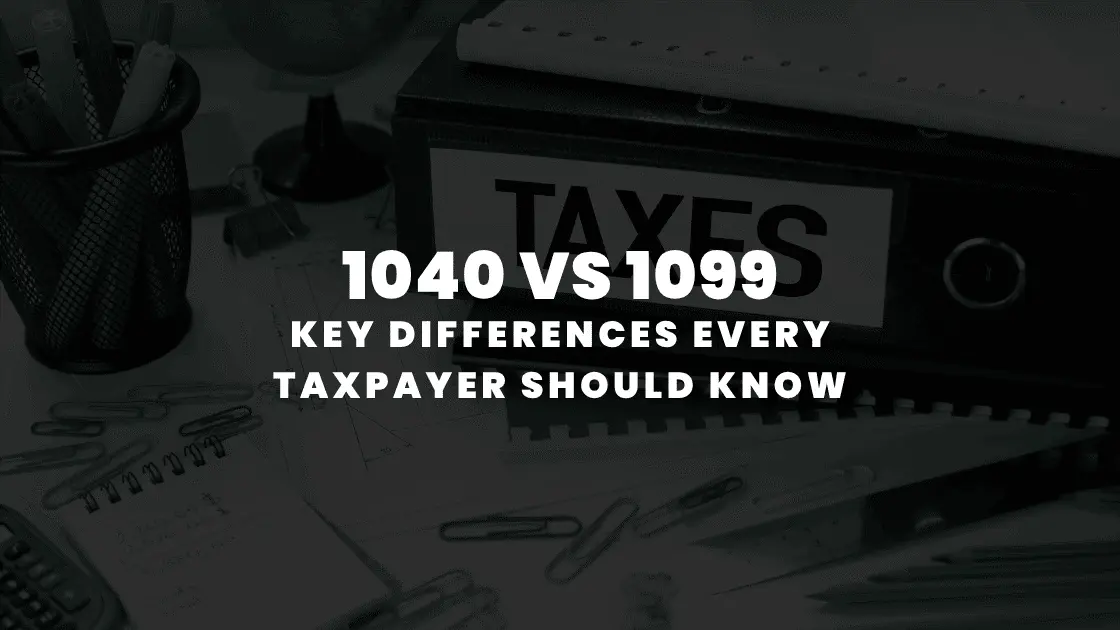October 14 2022 | By Wajiha Danish | 5 minutes Read

How to file taxes for LLC in the US
How are limited liability companies taxed?
How to file taxes for LLC – sole proprietorship
How to file taxes for LLC – Partnership
How to file taxes for LLC- Corporation
How to file LLC taxes as a C corporation
How to file LLC taxes as an S corporation
Final thoughts
If you are an owner of an LLC, then you can be taxed as a corporation, a sole proprietorship, or even a partnership. There is a great possibility that you are taxed additionally for state and federal income tax as well.
Before it gets too complicated, we need to address the main question, how to file taxes for LLC?
To make it simple, Limited Liability Companies (LLCs)can be like hermit crabs when it comes to taxation and the procedure. There is no particular tax classification for LLCs. In fact, they inhabit taxes from different kinds of businesses therefore the taxation process varies for LLCs in the United States of America.
The bright side is that the filing of taxes for LLCs is flexible, and this is one of the main attractive features for small business entities. The process of filing taxes for an LLC can be a bit confusing especially when you are starting, but we have tried to simplify it as much as possible in this blog. Read along to find out more!
Limited liability companies can select how they will be taxed from the options like partnerships, corporations, or sole proprietorships. But before we indulge in the procedure, it is vital to understand the difference between all of these so that you are well prepared for the tax season.
As mentioned above, the IRS (Internal Revenue Service) is still in a process of determining a tax classification for the LLCs category. There are procedures and forms for corporate tax returns available with the IRS but there are no such forms for LLCs up till now.
This does not mean that the LLCs are not taxed. It just means that they are taxed through different entities.
For instance, if your company has only you as an owner, the Internal Revenue Service will automatically treat your LLC under the banner of sole proprietorship and you will be taxed accordingly. If there are two or more owners of an LLC then the IRS will treat your company as a partnership.
However, the Internal Revenue Service gives an option for LLCs that they can be taxed as a corporation. You can easily change the status of your tax returns by filing a form with the IRS.
Let’s have a look at how you can file taxes as an LLC under different requirements.
If you are the only owner of your LLC, then the IRS will register your Tax status as a sole proprietorship. This means that your business is not regarded as separate from you when it comes to taxation.
In order to file and submit the LLC taxes as a single member, you need to file a Schedule C form through your personal income tax return.
On Schedule C, your income and expenses will be reported from the said business. This amount shall also include any kind of income or loss you incurred on your personal tax return on Form 1040.
There is also an exception for the sole proprietors if the LLC owns any kind of rental property, if they have included it in Part 1 of Schedule E instead of Schedule C.
If there is more than 1 owner of a business, then the IRS considers the filing of tax under the banner of partnership.
Here the filling is a bit more complicated as compared to the sole proprietorship. The LLC needs to fill out Form 1065 which is a partnership information return form. The owners are also required to fill out a Schedule K-1 form individually. This Schedule K-1 form will include the share of income, credits, and deductions.
As a partnership company, you are supposed to fill a Form 1040, where you have to mention the information you fill in Schedule K-1 on Part II of Schedule E.
IRS gives the option to the LLCs to change their status to corporation if they don’t want to file taxes under sole proprietorship or partnership. They can select their file as a C corporation or S corporation.
The benefit is that this is only for taxation purposes, the business structure doesn’t change and the company can still operate as an LLC.
If you have elected to file tax as a C corporation for your LLC then you are required to fill out Form 8832 and submit it to the IRS. Once it is approved by the Internal Revenue Service then you need to file the tax return for Form 1120.
If you have decided to opt for the status of an S corporation, then you need to submit Form 2553 to the IRS and let them know about your decision. Once it has been approved, you are required to fill out Form 1120-S to pay your S corporation tax annually.
A notable point here is that an S corporation is a pass-through entity, which means that the corporation does not pay taxes itself. This means that there are more forms required to be filled out.
Every individual owner of the LLC is required to fill out the Schedule K-1 form and report all the income and expense information on Part II of Schedule E and submit it along with Form 1040.
There is no way to escape tax returns. As a law-abiding citizen, it is your job to file the tax return before the deadline to save yourself from added stress and make the process smooth. Ignoring the deadline only leads to failure to make payments or added penalties.
Tax preparation and filing can be a painstaking job. You need to understand the obligation of the tax structure before filing the returns and the severity of deadlines.
If you are still in doubt, take help in tax preparation from an expert. We at Monily can assist you with your tax preparations so that the process is easier for you!
See Also: Decoding Qualified VS Nonqualified Dividends – What’s The Tax Difference?
Subscribe for business tips, tax updates, financial fundamentals and more.
MORE BLOGS

Starting a business is exciting, right? There’s innovation, there’s growth potential, and the thrill of building something from scratch. But amid all the planning, entrepreneurs often […]
Learn More →
Starting a business is quite thrilling, until tax season arrives. For founders, understanding the nitty gritty of startup taxation can make a difference between financial efficiency […]
Learn More →
Tax season can be overwhelming, especially when you’re staring at multiple forms with numbers instead of names. Two of the most common, and often misunderstood, are […]
Learn More →